Paneriai
Paneriai is located about ten kilometers west of Vilnius and was used by the Nazis as a place of execution. The reason why the Nazis choosed Paneriai for executions was that before the Germans occupied Lithuania and Vilnius, the Soviet army had dug large pits for use as fuel stores. These pits Nazis saw fit for mass graves. Paneriai’s murder operations began in July 1941 when about 5,000 Jewish men were shot by Einsatzkommando 9 unit from Einsatzgruppe A. The area where the murders were carried out was cordoned off and guarded so no unauthorized persons entered the area. The murders were carried out by SD, SS and a Lithuanian volunteer auxiliary forces called Ypatingasis burys. Jews from the ghetto in Vilnius and nearby areas were murdered in Paneriai, but Polish jews and Polish non-jews were also among these killed in Paneriai. Soviet citizens were also, of course, among the victims. Although the massacres became smaller in 1942, they continued, but the Nazis needed Jews in the German war industry and could therefore not killing them all.
When the Nazis liquidated the ghetto in Vilnius in 1943, the Jews were murdered in Paneriai. Same year the Nazis started to cover up their crimes at Panarei. The Nazis took a group of about eighty prisoners from Stutthof concentration camp in occupied Poland and forced them to dug up the mass graves and cremate the bodies. The prisoners who worked with this knew that they would be murdered as soon as the work was done. Several managed to escape and could therefore bare witness. Their testimony became an important component of what had happened in Paneriai. Murder in Paneriai continued on a smaller scale until August 1944 when the Soviet Red army approached. As always, it is difficult to determine the number of deaths, but figures between 70,000 and 100,000, mainly Jews.
Current status: Museum (2009).
Location: 54°37'34.27" N 25°09'41.23" E
Get there: Car.
Follow up in books: Arad, Yitzhak: Holocaust in the Soviet union (2009).
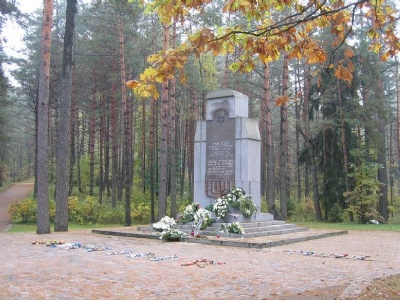
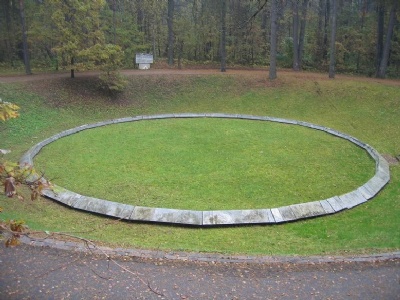
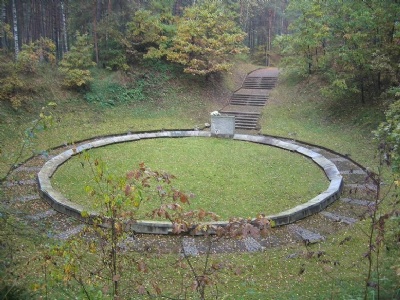
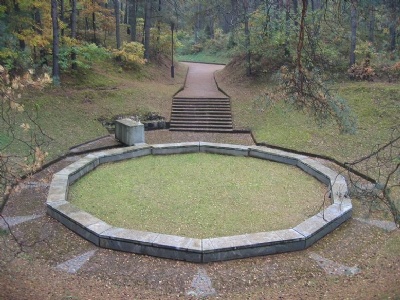
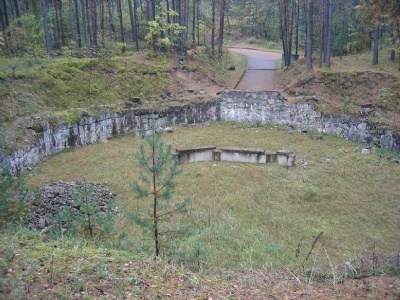
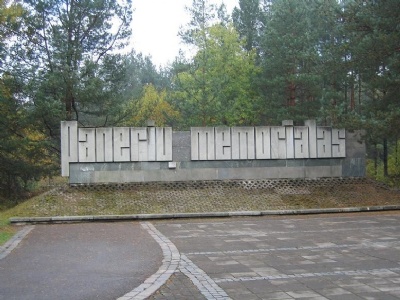
Paneriai is perhaps the most evocative memorial I have visited. The place is well maintained and is secluded from larger communities and busy traffic. The sun was shining when I was there in the autumn of 2008 and the wind hardly touched the colorful autumn leaves. Were it not for the macabre history of the place, one would think that one was in a landscape painting by Vincent van Gogh.